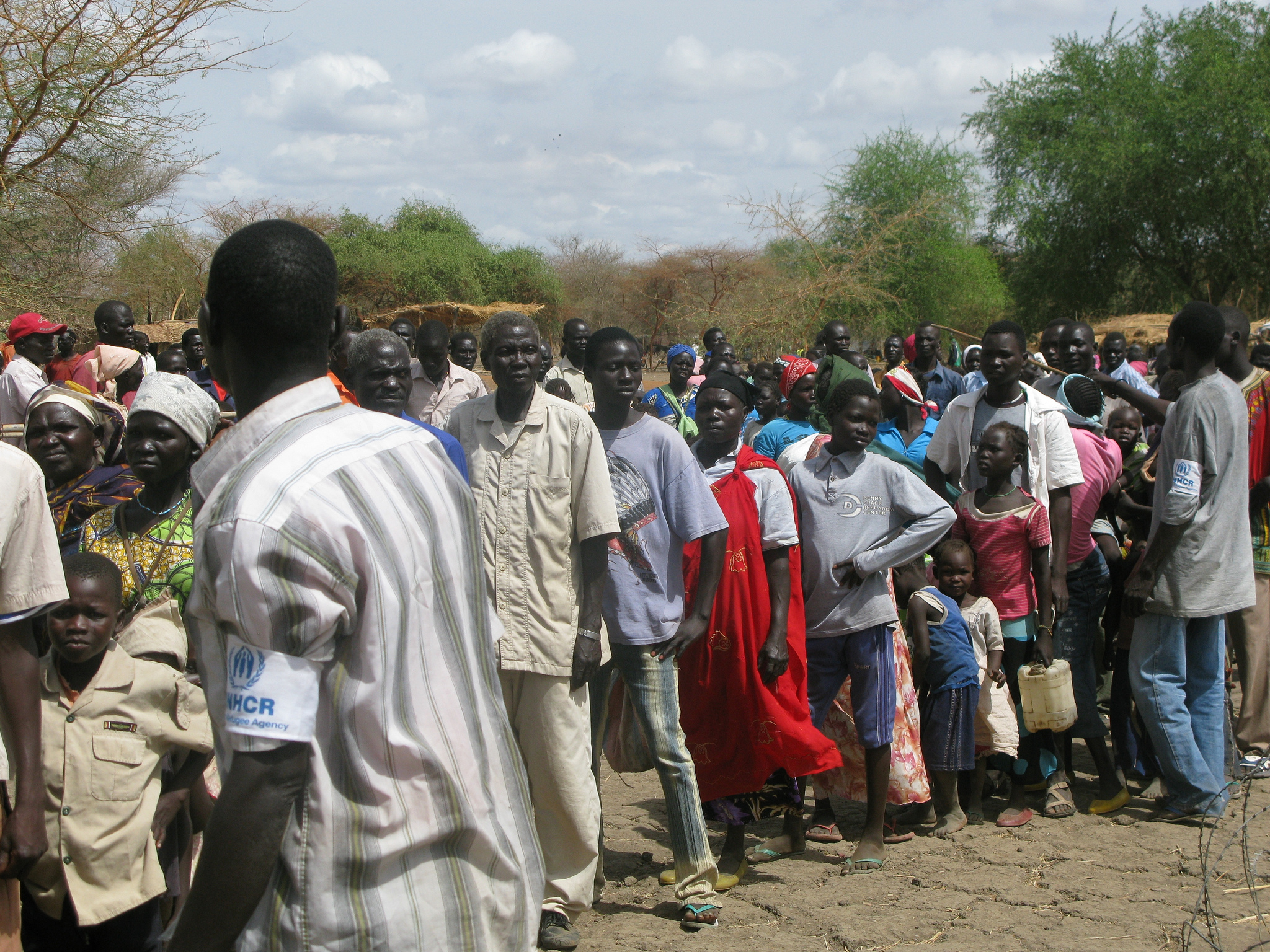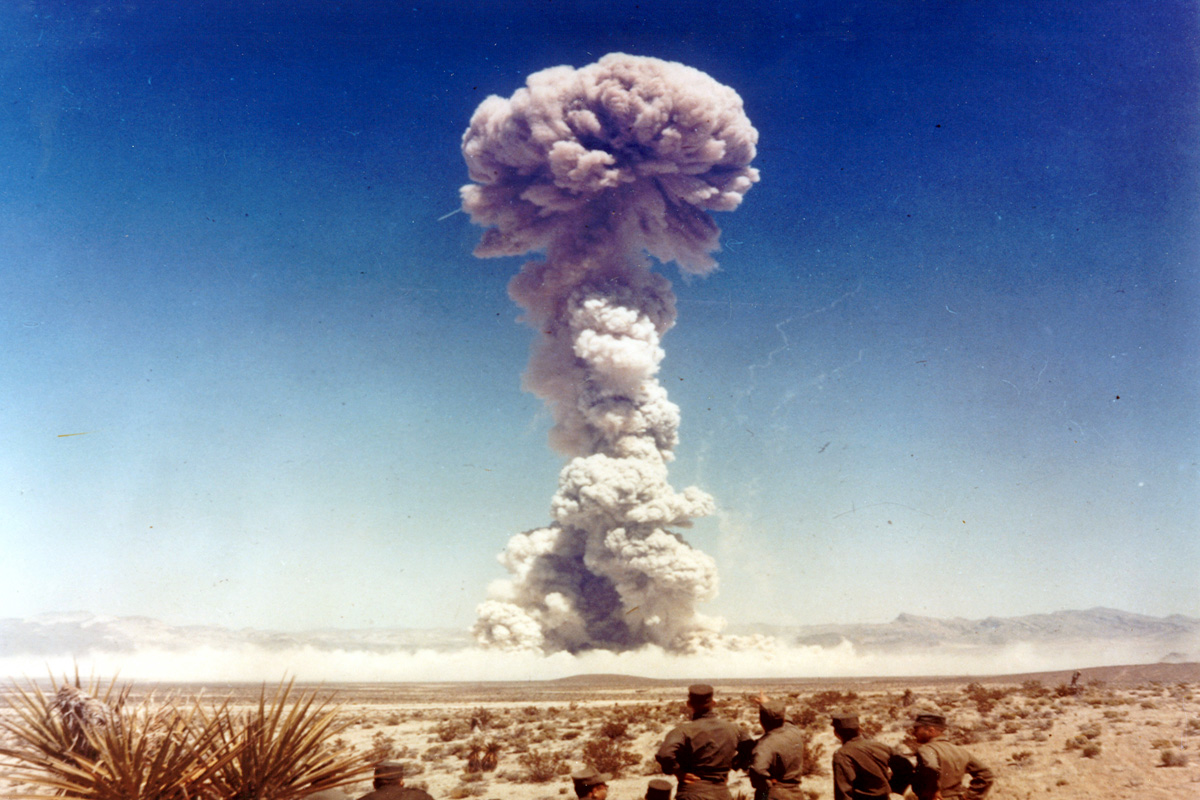Guest post by Nik Stoop and Marijke Verpoorten
On January 1, 2021, the European Conflict Minerals Act came into force. It aims to regulate the trade in four minerals—tin, tantalum, tungsten, and gold, also known as 3TG—that are often sourced from conflict-affected countries where the profits may allow armed groups to finance their activities. The regulation aims to break the link between minerals and conflict by ensuring that European Union (EU)-based companies only import minerals from conflict-free sources. If companies import minerals from conflict regions, the law requires them to report where the minerals were mined, the location of processing and trade, and the taxes and fees that were paid.
The legislation is expected to discourage 3TG importers from sourcing from artisanal mining sites in countries such as the Democratic Republic of Congo (DRC) either because they are associated with conflict, or because they are too informally organized to meet the reporting obligations. If that happens, this conflict minerals legislation will shoot at the wrong target. Again.
US conflict minerals legislation, which has been in place for over a decade, requires companies on US stock exchanges to trace 3TG in their supply chains and prove that they were not mined, sold, taxed, or otherwise used for the benefit of armed groups. But because such proof is not easily provided by informally organized artisanal miners, many companies have abandoned the sector, hurting the livelihoods of artisanal miners. The legislation also hurt the armed groups that were stationed at some mines and taxed artisanal miners. But not for long. The “stationary bandits” simply became “roving bandits”: militias operating at 3T mines turned to looting civilians and fighting rival groups for the control of gold mines (since gold is easier to smuggle than the bulky 3T). The end result: an increase, rather than a reduction, of violence.
The European and US conflict minerals laws are the result of heavy lobbying by NGOs, such as Global Witness and the Enough Project. The image they promote is one where artisanal miners are forced by militias to work at gunpoint. But the image doesn’t match reality. The biggest threat to artisanal miners isn’t armed groups—armed actors are absent in the majority of artisanal mining sites—it’s the unprecedented industrial mining boom. Between 2004-2015, research permits granted to industrial mining companies increased more than fourteenfold (from 237 to 3,368) while production permits increased about fourfold (from 82 to 327). Only 1 percent of all official concessions in Eastern Congo are so-called Artisanal Exploitation Zones where artisanal miners are legally allowed to operate. The majority of artisanal miners therefore operate illegally within concessions granted to industrial mining companies.
Tensions between artisanal and industrial miners often turn violent when companies move from the research to the production phase, as we show in our 2019 study (ungated version here). It is then that artisanal miners are evicted, and the population dislocated. Congolese news outlets regularly report on the ensuing violence: violent demonstrations by artisanal miners, miners retaking mining sites, employees of industrial mining companies being kidnapped, and battles between armed groups and the Congolese army for the control of industrial mining sites.
Who drives the violence? To find out, we travelled to Kamituga in 2015, where Banro, a Canada-based multinational, was in the research phase. While artisanal miners were still tolerated, they faced severe restrictions; they would be evicted in the production phase. We asked a stratified random sample of 469 soon-to-be-evicted artisanal gold miners if they would violently oppose their eviction.
The responses were revealing. Would-be fighters tended to be younger and heavily dependent on artisanal mining for their livelihoods. Those willing to fight were also more likely to have been exposed to violent conflict and to have access to a rebel network. Miners who were positive about Banro’s contribution to the well-being of Kamituga’s population, and those who hoped to go on to work for Banro, were much less likely to report an intention to fight. Miners who faced fewer restrictions in carrying out their activities within Banro’s concession were also less likely to say they would fight an eviction.
Triggered by the 2000 super-cycle in commodity prices, mining companies have increasingly ventured into fragile and conflict-affected countries, often in Africa, and often at the expense of artisanal miners. This has been facilitated by African governments that modified their mining codes to attract large-scale mining and bring in the necessary foreign exchange. Governments have tended to treat artisanal mining as an afterthought, even in countries where it constitutes a major source of livelihood.
Easy narratives that stigmatize artisanal mining miss the target. Industrial mining, particularly when it comes at the expense of informal workers, is contributing to violence and conflict. But our research suggests scope for at least three policies that could help reduce tensions between industrial mining companies and artisanal miners: credible Corporate Social Responsibility programs that effectively provide benefits to the local community; ‘local content’ policies that provide company jobs for artisanal miners; and setting up ‘artisanal-tolerant zones’ within the company’s concession.
State-building is a conditio sine qua non. Without effective and honest institutions that can peacefully mediate a social contract, communities will feel they need to take their protection in their own hands.
Nik Stoop is a post-doctoral researcher at the Institute of Development Policy, University of Antwerp. Marijke Verpoorten is a professor at the Institute of Development Policy, University of Antwerp.







